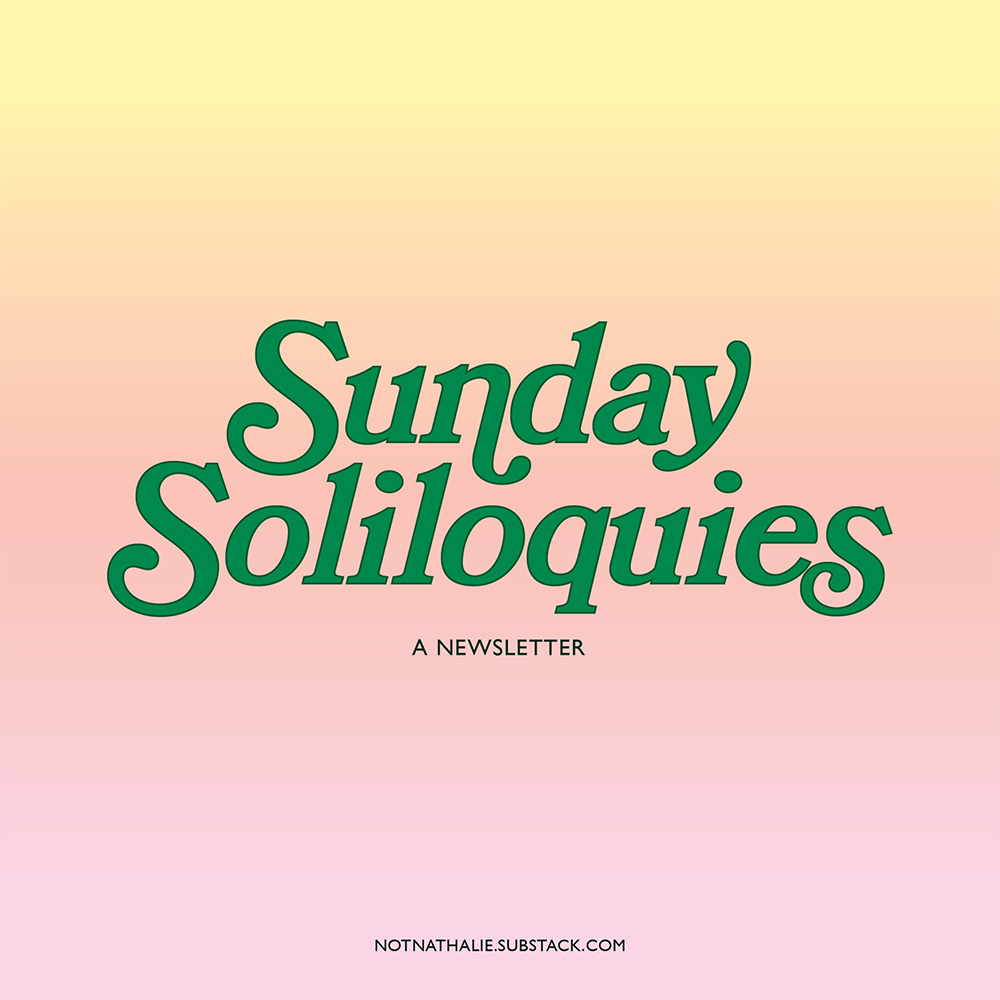
The School of Art’s “On the Ground” grants typically support travel-based research by graduate students. Due to the COVID-19 pandemic, the School reconfigured these grants to support art making at home during the summer. Here are how MFA students used their grant funds:

Matthew McGaughey, 2nd year MFA
As a result of the grant, I was able to buy equipment that helped me shoot several video experiments over the summer. The ability to mount a camera or light in tight or awkward spots gave me the freedom to produce the images that I was envisioning. This was especially important since the media equipment library was closed due to Covid-19. Further, quarantine protocols challenged my ability to work with a camera operator, and I was forced to shoot on my own.
The short videos I made gave me insights into a larger project that I’ve been developing related to isolation, sickness, and body-as-object. It was liberating to shoot the scenes I envisioned, and I learned valuable camera/lighting skills, which will push my work forward this year.

Nathalie Moreno, 3rd Year MFA
Since I started at CMU, MFA Director Jon Rubin has urged me to think about what I’m going to do post-graduation. That may be an exaggeration but he has definitely gotten me to consider what place I want to make for myself as an artist in the world, and made me understood that a lot of what an artist does throughout their career is foster a community of people who will tune in to look at the work and give it life. When I proposed a project for On The Ground At Home, I was thinking about these conversations. After a few stressful months of me attempting to find my place, during which I attempted Youtube, and thought about trying out Tik Tok, I eventually landed on a newsletter. My weekly newsletter is called Sunday Soliloquies and in it I talk about art, feelings, and ideas that don’t always make it into my defined art works. It is my own little place that I hope can grow into a space for many to speak on the many highs and lows of being an artist. To follow me, go to notnathalie.substack.com.

Max Spitzer, 3rd Year MFA
My great-great-grandparents grave markers have weathered to near illegibility, and this summer they were replaced with tidy replicas. On-the-Ground funds enabled me to take the original gravestones and transport them to Pittsburgh, where they will be incorporated into a project titled Niagara Can Stop.
The project follows a meandering exploration of these gravemarkers’ provenance. Just downriver from Niagara Falls, their burial site is a small cemetery which sits today in an innocuous non-site wedged between a highway, a large reservoir, high voltage power lines, chain link fence, gravel, and overgrown grass. But its history, like all places, is far more complex than it reveals on its surface. This fall, I’ll produce a video which explores this history through object replication, material transubstantiation, family tradition, eminent domain, geological erosion, and hydroelectric power infrastructure.
I aim to understand this site’s past and question how it may be absorbed into the gravemarkers which sat there for a century. There is my own past to consider too. I’ve inherited more than my genes. To what degree do our handed down objects contain handed down ideology? Can we parse patrimony from patriarchy? Does it pass through the soil? Has it rubbed off into the water and the stones?

Petra Floyd, 2nd year MFA
With my Summer at Home funding, I was able to set up a comfortable temporary work space in Philadelphia, while I rode out the first six months of the COVID-19 pandemic with family and friends. I originally proposed a tactile, hands-on project: a series of monoprints based on my digital readymade videos—hybrid digital animation-paintings that loosely translate Zoom meetings and other screen-based content I’ve consumed during the pandemic and virtual gatherings. Instead, I deepened my digital skills and collaborated remotely with other artists from CMU, scattered between Pittsburgh and other cities.
I worked with NaTasha Thompson (Drama, Directing MFA ‘21) as a visual designer on Lavender Terrace, a speculative reworking of Marita Bonner’s play The Purple Flower. Published in 1928, it fablistically presents a community debating tactics to achieve racial, economic, and spatial liberation after generations of thwarted progress. I am struck by how Bonner was an undergraduate student at Radcliffe College during the Red Summer of 1919, a spike of white supremacist terrorism that targeted independent Black communities in the U.S. Working on a short concept animation for Lavender Terrace with NaTasha and other collaborators kept me grounded on this side of a tumultuous century of struggle. I am grateful to our collaborators who blessed this project: NaTasha’s niece Skyler, actors Sierra Smith, Dylan T. Jackson (Drama, Acting ‘20), and Rayven Bailey (Drama, Acting ‘22), and musicians Mattie Justice, Daryl Miles, Jessica Fuquay (Art, MFA ‘22).
Jackson McKeehan, 3rd year MFA
I used my Summer On The Ground @ Home funds to instigate a collaborative film project. I posted an ad via social media asking queer artists and writers to send me minute-long scripts of any theme, genre, or idea. My portion of this collaboration is that I have purchased a moment lens to attach to my iPhone as well as a stabilizer for the camera- and I will film several small one-minute movies based on these scripts over the next several months. I have begun compiling and sorting the submissions into order and will make them one at a time whenever I can safely put together a cast for each project.

Marianne Hoffmeister Castro 2nd year MFA
With the funding provided I was able to set up a small studio while at home in Pittsburgh. I acquired a printer and plenty of books to continue with my research on ecology, nature and nonhuman representation but also to develop a project in collaboration with the Institute of Postnatural Studies in Madrid, Spain. I was selected as a resident for their Pimoa Cthulhu First Tentacular Writing Residency about postnatural experimental writing that due the exceptional circumstances had to be held online all summer. During that time while at home, I was able to dive into research and work on my proposed project called Ghostly Ecologies, a conceptual framework or aesthetic zone rooted on the concept of the phantasmatic: a poetic strategy to honor diverse nonhuman entities that live outside our perceptual field –that lurk in negative or spectral spaces- but are essential as they are entwined with our existence. The result of the residency will be published on the third issue of This is Jackalope, a non- profit organization dedicated to the creation and dissemination of contemporary artistic practices by November 2020. As the project is still growing I will continue to collaborate with the Institute of Postnatural Studies providing material for their upcoming publication by the end of the year.

Lau Hochi, 3rd Year MFA
The experiment I did is a bit technical. With the OTG funding, I got a pair of bone conduction headphones. It does not transmit audio through the ear canal. It transmits audio by sending vibrations through the cheekbones.
With the device, I made some experiments of creating binaural beats. By playing one sine tone in the headphones and the other through a pair of speakers in the room, the created binaural beats pattern happens in my head instead of the room. I am now exploring the possibility of locating objects and myself in the room through listening. Kind of like learning echolocation but not exactly.

Lena Chen, 2nd Year MFA
Kitty Cam Collective is a series of performance workshops offering insight into the lives of sex workers, their working conditions, and their safety concerns related to digital civil liberties, surveillance, and harassment. In the context of COVID-19 and the growing number of people turning to online sex work, the workshops offer a supportive, judgment-free space for speaking about personal experiences and discussing how to maintain healthy emotional, energetic, and psychic boundaries while working in the sex industry. Participants spanned four time zones and possessed varied artistic and professional experiences (as escorts, webcam models, porn performers, strippers, and fetish providers). Funding contributed to equipment expenses and a stipend to the performers for their time and labor, which is particularly important given that many sex workers’ livelihoods have been threatened by COVID-19, censorship, and continued discrimination.

Georgia Saxelby, 2nd Year MFA
This summer, I used my On The Ground funding to begin material research into developing my own series of building materials that seek to subvert the standardization of the construction industry. As a starting point, I was able to purchase powdered cement, cement oxides and pigments, and timber to construct molds to create sample bricks with which I experimented with producing colored bricks and inlaying objects into them while drying. This enabled me to gain an understanding of working with cement and pigment ratios. I now aim to extend this research to produce more eccentric forms in bolder colors that can be used in the construction of installations that explore color and ornamentation in architecture. This research uses the text Chromophobia as a theoretical basis which examines Western’s culture’s fear of corruption through color, looking specifically at the history of modernist architecture.




